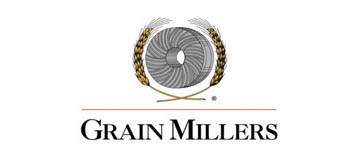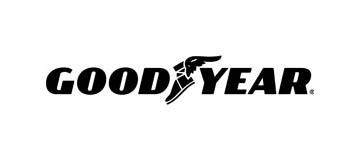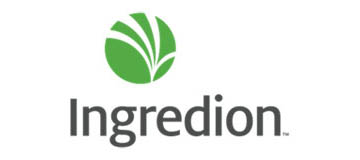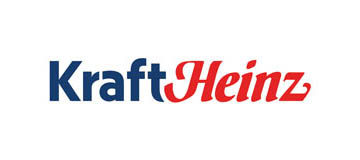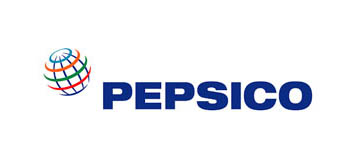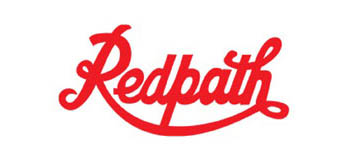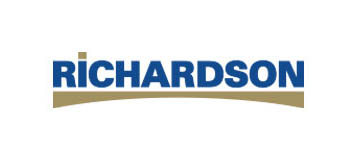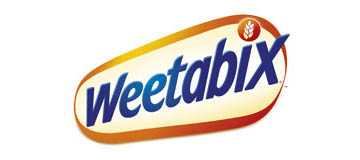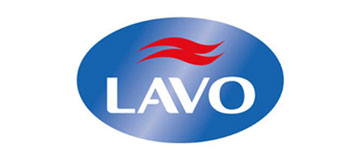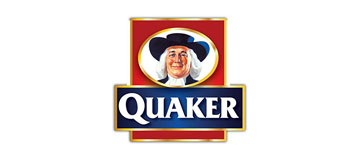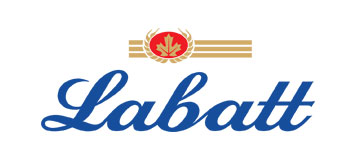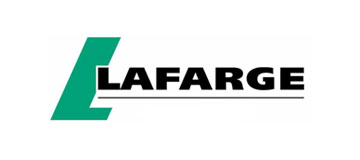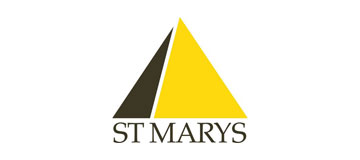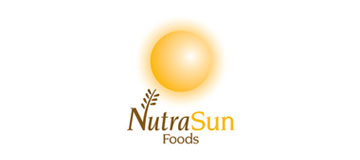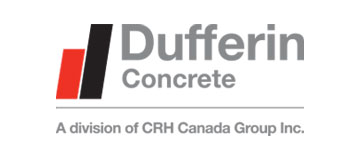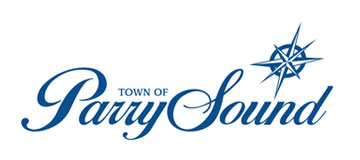Performance Charts
- TL 10 Pressure
- TL 10 Vacuum
- TL 20 Pressure
- TL 20 Vacuum
- TL 30 Pressure
- TL 30 Vacuum
- TL 40 Pressure
- TL 40 Vacuum
- TL 41 Pressure
- TL 41 Vacuum
- TL 50 Pressure
- TL 50 Vacuum
- TL 60 Pressure
- TL 60 Vacuum
- TL 61 Pressure
- TL 61 Vacuum
- TL 70 Pressure
- TL 70 Vacuum
- TL 80 Pressure
- TL 80 Vacuum
- TL 81 Pressure
- TL 81 Vacuum
- TL 90 Pressure
- TL 90 Vacuum
- TL 100 Pressure
- TL 100 Vacuum
- TL 101 Pressure
- TL 101 Vacuum
- TL 110 Pressure
- TL 110 Vacuum
- TL 120 Pressure
- TL 120 Vacuum
- TL 600 Pressure
- TL 900 Pressure
let us know how!
Silencers
We often hear that the noisiest pieces of rotating equipment is the positive displacement blower. The noise is generated in the form of pulsations as the rotors pass the intake and discharge port openings.
There are a number of different silencers that can be fitted to blowers. However, most methods employ packing material which breaks down from the pulsations, and exit the silencer in the air stream, eventually entering the product being conveyed resulting in contamination.
Therefore, we use blower discharge silencers with no packing material. A series of compression and expansion chambers plus ported pipes change the direction of the sound waves thereby reducing the noise levels.
Compact / Silencer
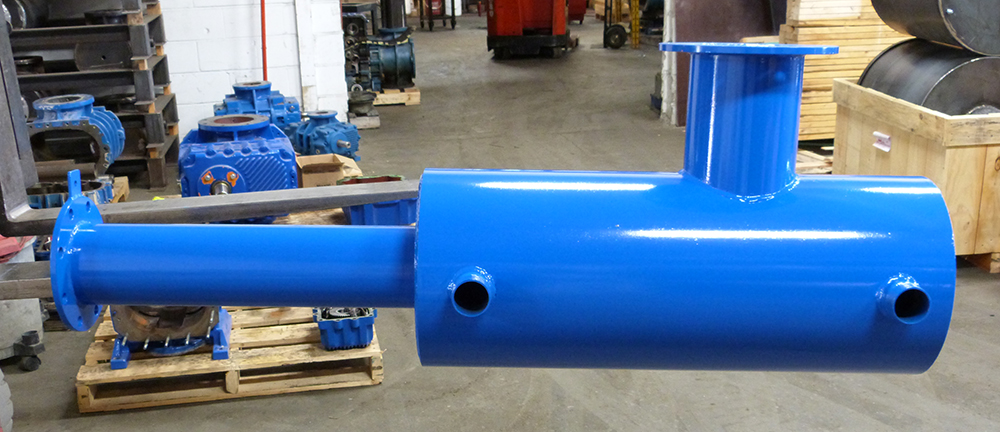
Without the use of any packing material, we designed our compact/silencer using multiple compression and expansion chambers in conjunction with ported pipes to flatten sound waves. Also the outer shell is made from Schedule 40 pipe to reduce radiant noise from within. All of this is achieved with very low pressure drop through the design resulting in more pressure available for conveying product. Overall height is reduced and access area under the package is increased for ease of cleaning.
Pressure Safety Relief Valve
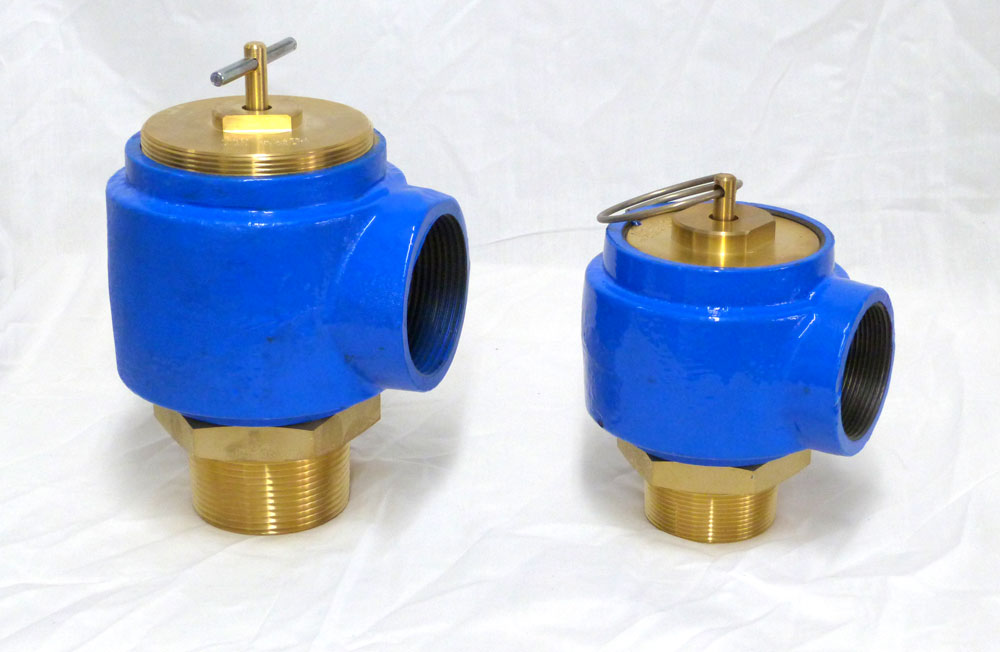
Clogging of the pipeline, over feeding of bulk solid in pneumatic conveying system, incorrect adjustment of valves, high back pressures are some of the reasons that cause extra force on blowers. Safety relief valve protects the blower from over-pressurization. If the air or gas pressure in the pipeline exceeds the process limits, the valve opens and allows air to bleed off. As a rule, pressure relief valves should be sized for 100% volume of air being handled by the blower. It should be as close to discharge of the blower as possible.
Vacuum Safety Relief Valve
Similar to pressure relief valves, vacuum safety relief valves protect the blower from under-pressurization. If the air or gas vacuum level in the pipeline exceeds the process limits, the valve opens and allows air to enter the pipeline and reach the desired vacuum level.
Intake Air Filter
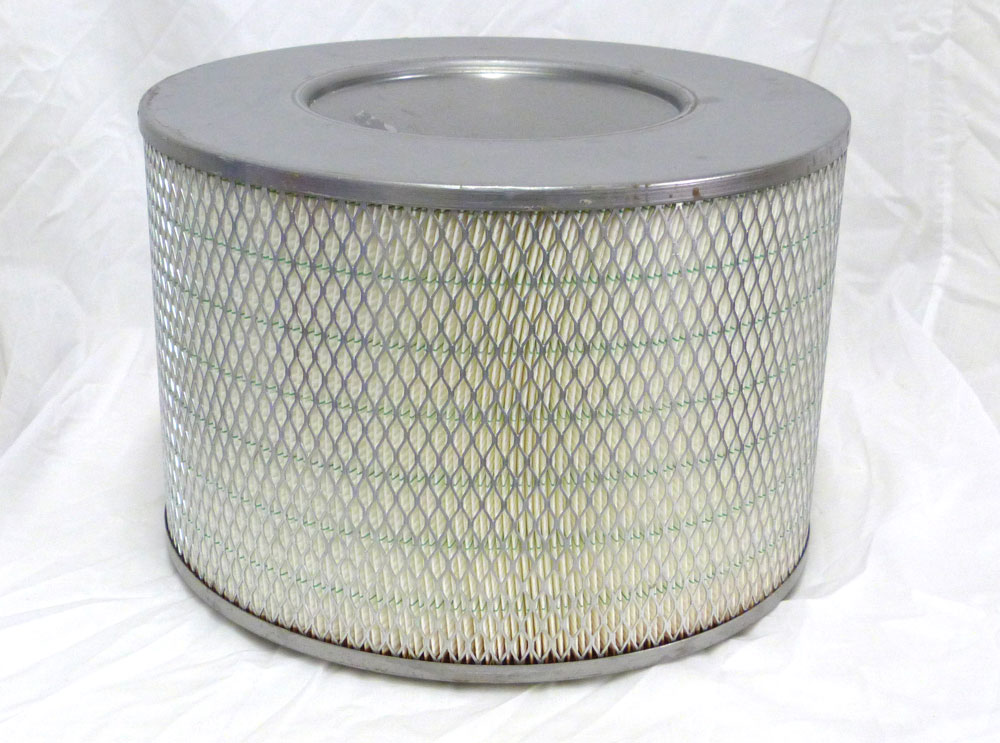
Dust built up and small particles will cause damage on blower impellers. Inlet filters of Tri-Lobe Blowers are critical components to maintain long service life. Depending on environmental and process conditions, different types of blower inlet filters are used.
Intake Air Filter
The element should be rated for 150% -200% of the actual air being handled. This results in a low pressure drop and reduced BHP. It’s easier to maintain as it takes longer to get dirty.
Dust built up and small particles will cause damage on blower impellers. Inlet filters of roots blower are critical components to maintain long service life. Depending on environment and process conditions, different types of blower inlet filters are used.
Intake Air Filter Silencer
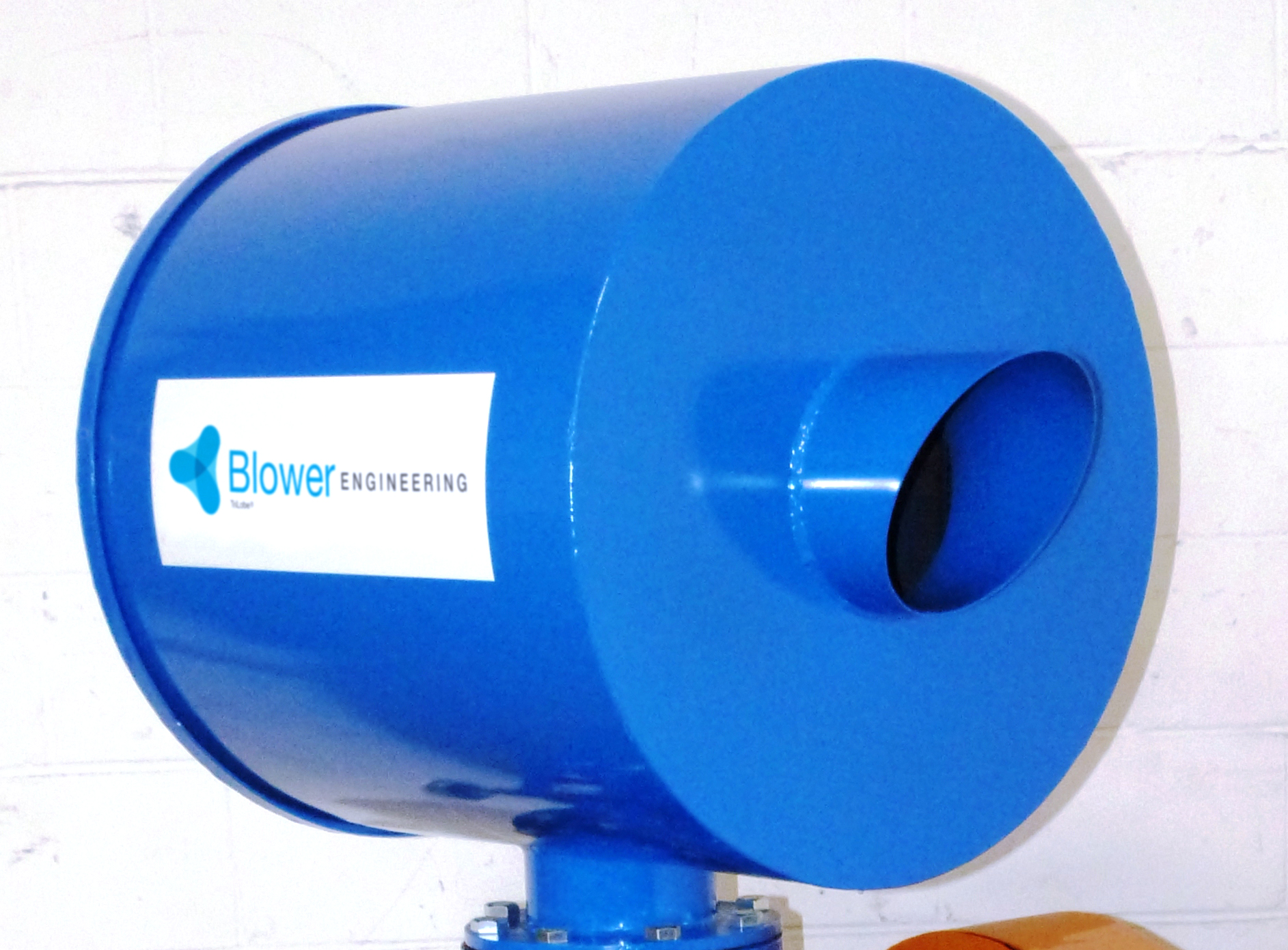
An overly generous filter element with a large chamber, lined with acoustic material 1 1/4” thick eliminates more noise than the standard intake silencer. It also has no pressure drop thus saving on BHP.
Filter Restriction Indicator
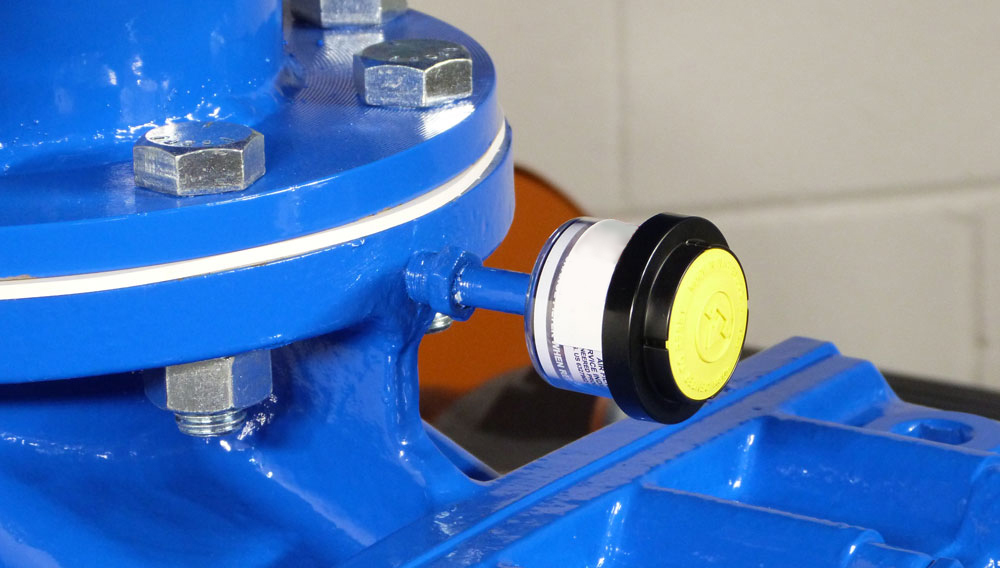
This is an inexpensive device that should be mounted at the intake of your blower, indicating pressure drop at the blower inlet. When the filter is dirty it will turn red, and can be reset after cleaning. Filter hoods don’t have to be removed to inspect the condition of the filter, saving time for maintenance staff.
Inline Check Valves
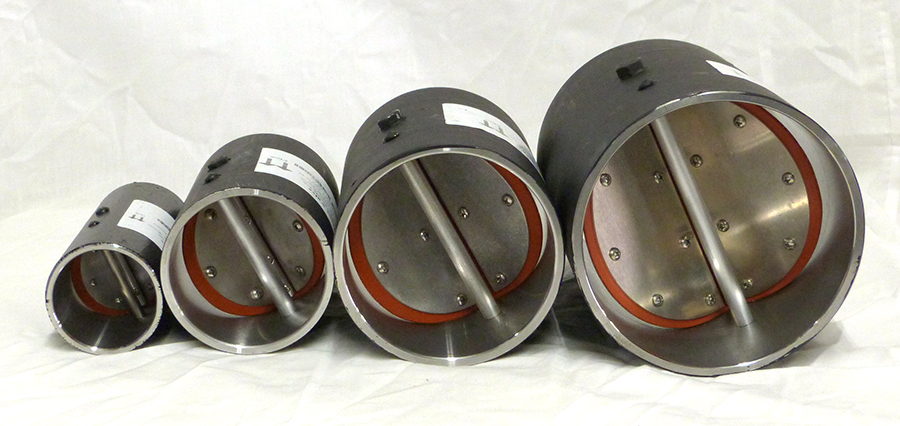
Compression Couplings
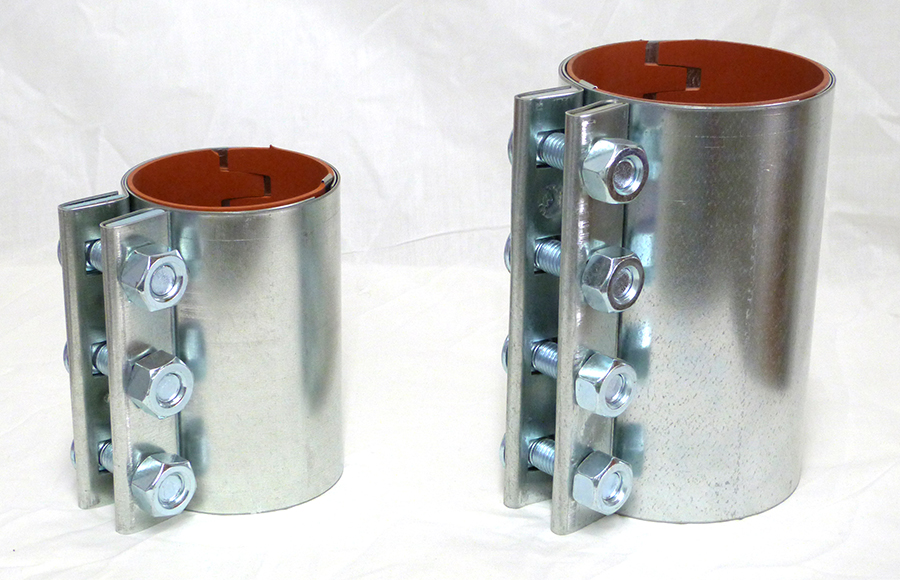
Performance Charts
- TL 10 Pressure
- TL 10 Vacuum
- TL 20 Pressure
- TL 20 Vacuum
- TL 30 Pressure
- TL 30 Vacuum
- TL 40 Pressure
- TL 40 Vacuum
- TL 41 Pressure
- TL 41 Vacuum
- TL 50 Pressure
- TL 50 Vacuum
- TL 60 Pressure
- TL 60 Vacuum
- TL 61 Pressure
- TL 61 Vacuum
- TL 70 Pressure
- TL 70 Vacuum
- TL 80 Pressure
- TL 80 Vacuum
- TL 81 Pressure
- TL 81 Vacuum
- TL 90 Pressure
- TL 90 Vacuum
- TL 100 Pressure
- TL 100 Vacuum
- TL 101 Pressure
- TL 101 Vacuum
- TL 110 Pressure
- TL 110 Vacuum
- TL 120 Pressure
- TL 120 Vacuum
- TL 600 Pressure
- TL 900 Pressure
let us know how!




 1.844.898.1980
1.844.898.1980 email
email




